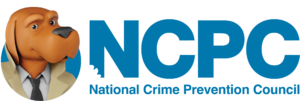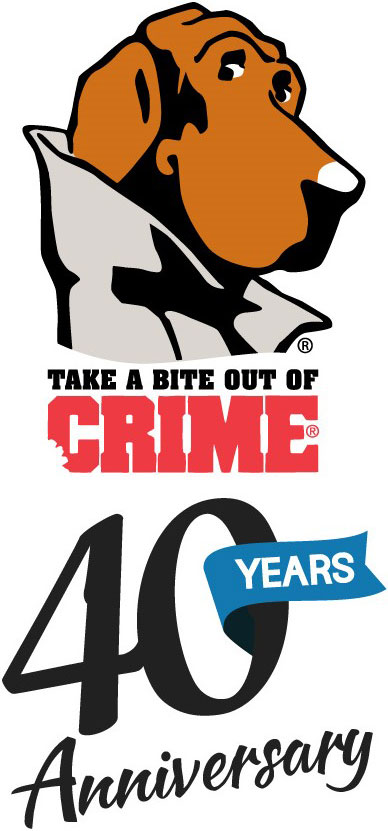Fake Drugs Are Bad Medicine
The traffic in counterfeit drugs poses a grave threat to all Americans—and people everywhere. According to some estimates, more than 10% of all pharmaceuticals in the global supply chain are counterfeit. In some countries, fake pharmaceuticals account for 70% of all drugs in the supply chain.
Counterfeit medicines are products deliberately and fraudulently manufactured to be mistaken for legitimate drugs. In the words of the U.S. Food and Drug Administration, counterfeit medicine is fake medicine—pure and simple.
Counterfeit drugs are not only widespread, but dangerous. People die as the result of taking diluted drugs, drugs with fake ingredients, or legitimate drugs that are repackaged after their expiration date with fake labeling that indicates they are still useful. The U.S. Food and Drug Administration lists the following threats to health caused by counterfeit drugs:
- Toxic effects: The counterfeit drugs contain ingredients that, if ingested or injected, can cause health problems.
- Unintended effects: Some counterfeits are presented as substitutes for other drugs.
- Ineffective treatments: Some fake drugs contain some active ingredient, but are sub-potent. Sub-potent drugs are especially dangerous in the treatment of illnesses like HIV and malaria.
- No active ingredients. Some drugs are just chalk or water. A counterfeit version of Serostim, a growth hormone used to treat AIDS patients, was found to have no active ingredient.
Because the markup on counterfeit drugs is so high, they have become attractive to organized crime groups. Criminals generally prefer to mimic branded drugs, which are known for their high quality but are expensive, since the profits are so much greater than for low-cost drugs, where the markup would be less. Some criminals are attracted to the manufacture and sale of counterfeit drugs because the penalties are less severe than for other types of crime. Some gangs and organized crime groups involved in the trafficking and distribution of counterfeit drugs use their profits to finance other illegal activities, including terrorism.
According to the authors of one academic article, counterfeit drug manufacturing and distribution are an inevitable choice of criminals because they fit neatly into one of the theories of crime prevention, which states that a crime occurs when a suitable target and a potential offender meet at a suitable time and place without adequate supervision. Drug counterfeiting generally thrives in situations where access may be limited and the prices are high.
Sadly, many counterfeit drugs are aimed at the treatment of cancer because people with cancer may be desperate for treatment or a cure. People who obtain drugs that purport to treat cancer without a prescription risk further deterioration of their health if the drug is toxic or ineffective. Consumers should recognize the following “red flags” when it comes to purchasing so-called anti-cancer drugs:
- Any drug that purports to treat any form of cancer
- Any drug that promises to “shrink malignant tumors”
- Any drug that is advertised to “make skin cancers disappear”
- Any drug that promises not to make you nauseous. While some anti-cancer drugs don’t make recipients sick, no legitimate source would advertise a drug this way.
- Any drug that promises to negate the need for surgery, chemotherapy, radiation treatments, or other conventional treatment
One other note about fake drugs: Easy-to-get fake illegal drugs can cause illness or death. Cheap synthetic marijuana and cocaine may make users seriously ill or cause seizures and hallucinations. These drugs are often available at “head shops” or on the Internet.
While counterfeit drugs are a growing problem, there are ways to detect them and keep from suffering their ill effects—or being swindled out of money.
- Use only drugs that have been prescribed by a physician after a physical examination, and fill the prescription only at a legitimate pharmacy.
- Don’t buy drugs from sites that sell prescription drugs without a prescription.
- Buy medicines only from state-licensed pharmacies that are located in the United States. Find your state’s contact information at the National Association of Boards of Pharmacy website at https://nabp.pharmacy/.
- Look for the VIPPS (Verified Internet Pharmacy Practice Sites) seal at online pharmacies. A list of VIPPS-verified pharmacies is available at www.vipps.info.
- Don’t buy drugs from other countries. Not only is it illegal, but it could harm your health.
- If using an online pharmacy, make sure it has a legitimate bricks-and-mortar street address, a licensed physician as well as a pharmacist on duty and available.
- Discard the medication if it is of a different size or color from the medication you are used to taking.
- Discard the medication if it has a different or odd-looking brand insignia or marking.
- Discard the medication if it dissolves differently or badly or has a strange or bitter taste that you are not accustomed to.
While there are many good online pharmacies, the fact is that some are dangerous. The FDA warns that some medications sold online:
- Are fake;
- Make false or exaggerated claims;
- Have harmful ingredients;
- Have expired;
- Aren’t safe to use with other drugs;
- Aren’t properly labeled; and
- Aren’t stored or shipped the right way


